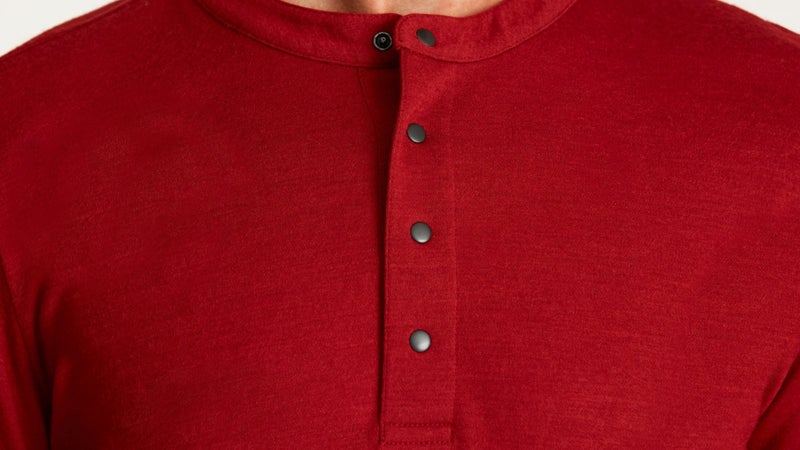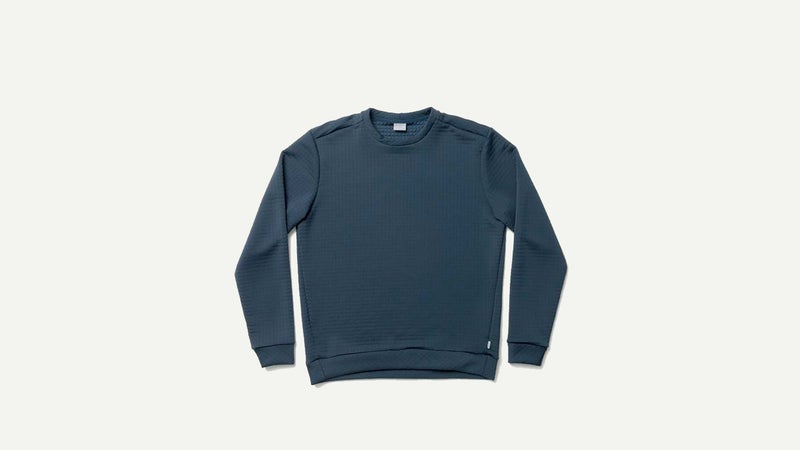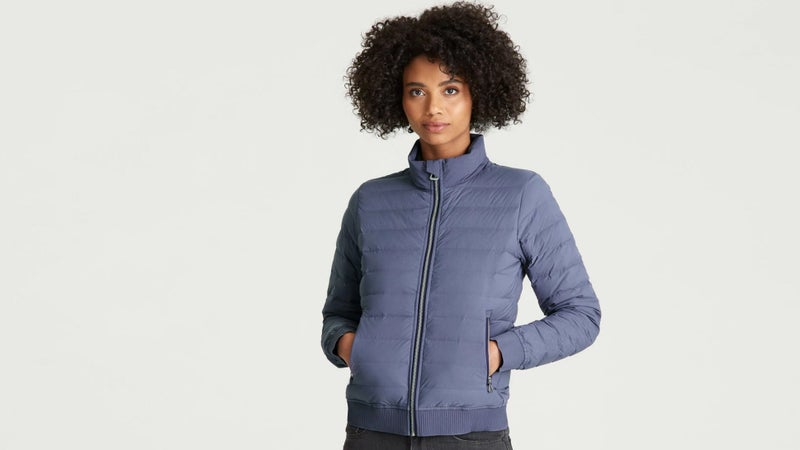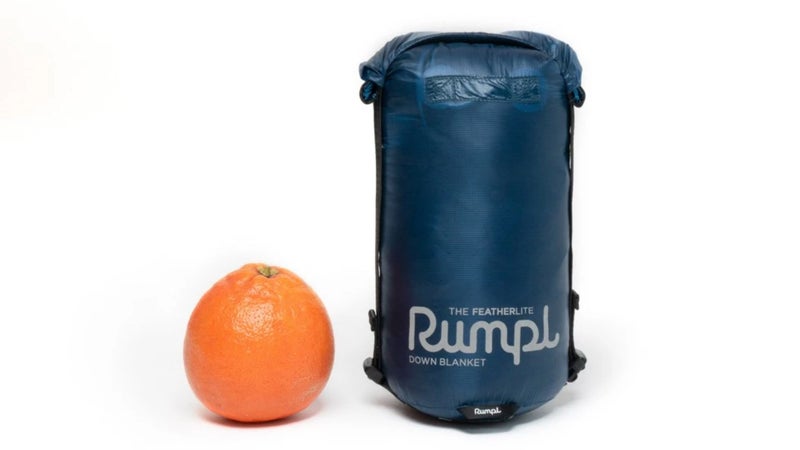Planning on going out for dinner anytime soon? Plan on sitting outdoors. New York City just extended its outdoor dining program indefinitely, establishing a model for other cities╠řbut also creating a conundrum for both diners and restaurants. How do you make sitting outside comfortable when itÔÇÖs cold, dark, and wet? I think IÔÇÖve got the answer.
The Problem
As of the end of September, restaurants in New York City have╠řreopened╠řindoor seating╠řbut . Similar measures are in place elsewhere. Even if all of those seats are full all of the time, such a╠řlimited capacity likely doesnÔÇÖt provide enough income to enable restaurants to cover their costs, let alone make enough money to justify remaining in business. To expand the number of available seats and╠řoffer another option╠řfor diners who donÔÇÖt feel safe eating indoors, restaurants have been adding tables outdoors, and local governments have changed regulations to expand outdoor dining options. ╠řto free up space for outdoor tables.
Eating on a patio or sidewalk╠řis easy during the summer months, but as the days grow shorter and temperatures begin dropping, keeping the experience enjoyable becomes difficult. Restaurants have been experimenting with awnings, heaters, ╠řcovering individual tables. But the boom in demand for those products is intersecting supply-chain issues created by the pandemic, and many restaurants are to cover and heat their new alfresco╠řspaces.
Those who want to visit their favorite restaurants this fall and winter may find themselves exposed to inclement weather. The way to deal with that? Start thinking about dressing for dinner like you╠řdress for the outdoors. The right layers will enable you to remain comfortable throughout both seasons.

It Starts with Base Layers
By wicking sweat away from your skin, base layers help keep you warm by keeping you dry. They can also provide╠řa small amount of insulation.
Factors to consider: Sitting down to enjoy a meal is a static activity, so you want to focus on retaining body heat. Because dressing fashionably often precludes bulk, base layers, particularly on╠řthe bottom half of your body, may be your best chance to add warmth.
Materials to choose from: YouÔÇÖll find base layers made from silk, wool, or synthetics. Silk offers an exceptional amount of warmth for its thickness╠řand can most easily be layered under garments like tight jeans without adding bulk. Synthetics are better able to manage moisture╠řand dry much quicker. Wool tends to be a good middle ground between the two, while providing╠řa level of thermal regulation that the other materials canÔÇÖt match. While╠řsilk or synthetics can become unbearably warm indoors, wool is capable of remaining comfortable╠řacross a broader range of temperatures. The finer the size of the wool fibers, the softer it will feel next to your skin; this is what varieties like merino are known for.
The best options: REI╠řsells that are affordable, create╠řan appreciable amount of warmth, and should fit under your existing clothes. Those will get you through fall weather, but when temperatures really begin dropping as we enter winter, youÔÇÖre likely going to want something a little thicker. is woven without seams╠řand with integrated ventilation. That makes its pieces more adept at╠řresponding to changing temperatures and activity levels. While youÔÇÖre active, the 200-weight Intraknits remain as cool as 125-weight base layers made using traditional technology, but they remain much cozier when youÔÇÖre not moving.╠ř are pieces made of╠ř250-weight merino wool.╠řYouÔÇÖll likely struggle to layer those under your normal, fashionable clothing, but youÔÇÖll be wearing the warmest base layers possible.
Stylish alternatives: If you want to stay warm without looking like youÔÇÖre on a ski trip, pull╠řon some silk base-layer bottoms before getting into your╠řjeans, and add a merino Henley on top. IÔÇÖve been making good use of╠ř╠řthis fall. It╠řoffers a ridiculously cozy next-to-skin feel╠řand looks as good on its own as it does layered under a collared shirt.

Add Midlayers for Warmth
By trapping warm air next to your body, midlayers add warmth.
Factors to consider: ItÔÇÖs going to be hard to predict what kind of conditions youÔÇÖre going to find at restaurants in the coming months. Tent and awning walls may not be allowed at all╠řor only with limited coverage. Even if the place has propane heaters, it╠řmay not have enough to provide even coverage for all tables. Midlayers you can shed and add as needed will allow you╠řto adapt.
Materials to choose from: LetÔÇÖs talk about shirts, sweaters, and the like. Where possible, try to╠řavoid cotton. Even though eating dinner is a stationary╠řactivity, any moisture from sweat or precipitation that enters a cotton garment is going to make it feel cold. For that reason, wool is your best choice here, with synthetic fleece materials coming in a close second.
The best options: For button-down shirts, real wool flannels are ideal. I covered the reasons why╠řand presented multiple options in this article. Sweaters are the other obvious choice. sells ethically sourced cashmere items . Layering a wool sweater over a wool button-down (or athleisure top)╠řwill allow you to easily respond to changing temperatures.
Stylish alternatives: Fleeces donÔÇÖt tend to be terribly stylish (although some of my colleagues may disagree), but , a Swedish outdoors brand, sells╠řa variety of options in good colors that are╠řdesigned to flatter athletic bodies.

PuffiesÔÇöWithout the Markup
Puffy jackets (and puffy pants) are able to trap a high volume of warm air, providing more warmth than heavier materials.
Factors to consider: The merits of the materials involved in puffies are commonly misunderstood, and people end up paying more for a logo than they do for function or style. Regardless of materials used, the warmth of a puffy layer is based on╠řits thickness. Puffies can be worn as a midlayer╠řor an outer layer. Thin puffies may provide little to no additional warmth beyond that offered by a sweater, but they can easiliy╠řbe layered under additional garments. Very thick puffies, on the other hand, can cope with the coldest temperatures yet prove difficult╠řto layer under a shell. An outer face fabric thatÔÇÖs treated with a water-repellant coating╠řor equipped with a water-resistant or waterproof membrane╠řcan eliminate the need for an additional shell layer, but it typically hinders breathability.
Materials to choose from:╠řDuck down is usually gathered. Goose down is normally plucked. Because geese are larger, they also produce larger down clusters, and larger clusters create higher fill-power numbers.╠řLook for the ratio of clusters to feathers on an itemÔÇÖs labels; in all cases, a higher ratio of down is better. Fill power defines the packability of the insulation used, not its warmth.╠řListed as a three-digit number, fill power is the volume (in cubic inches) that one ounce of down can expand to fill. Down clusters lose their ability to loft, and therefore provide warmth, if they get wet. In recent years, some companies have╠řtreated down╠řwith╠řdurable water-repellent (DWR) coatings to prevent that. This is important not just for rain and snow╠řbut also if your perspiration enters the down. DWR-treated down cannot yet perform as well as synthetic insulations when wet, but synthetic insulations are only just now getting close to the compressibility of down. Down is also capable of outlasting synthetic alternatives, and╠řgarments made from it can be worn╠řfor decades.
The best options: Unless youÔÇÖre a dogsledder,╠řa big down parka made from low-fill-power down is typically a poor choice for activewear due to its bulk╠řand lack of breathability, but sitting down at a restaurant is a╠řsituation that actually merits wearing╠řone. Direct-to-consumer brand╠ř╠řsells parkas just as warm as others on the market╠řand just as nice as anything else out thereÔÇöbut typically at half the price.
Stylish alternatives: ThereÔÇÖs much more nuance involved in the creation of lightweight, packable puffy items. And╠řlayered appropriately, a lightweight, packable puffy will better allow you to respond to changing conditions.
Aether recently sent over one of jackets for my wife, Virginia, to try. Made from an ultralight, pre-baffled shell material and 800-fill down, it looks╠řsmooth╠řand has a feel that sets it apart from most technical layersÔÇöwithout sacrificing breathability or weather resistance. Cut like a bomber jacket, the Senna is fitted with a stretchy hem that holds the jacket tight to the wearerÔÇÖs body. Together with a spot-on cut, itÔÇÖs the most flattering puffy IÔÇÖve ever seen anyone wear. At $375, itÔÇÖs actually reasonably priced for such a nice piece of clothing, and itÔÇÖs .
Meanwhile, IÔÇÖve been loving╠ř. Cut like a button-down shirt, it features a stretchy face fabric that facilitates total freedom of movement. ItÔÇÖs also equipped with 800-fill down, which means it can easily be stuffed into a bag during the day without taking up much space. And╠řunlike many puffy jackets made for men, itÔÇÖs cut for flat stomachs, not Santa Claus╠řbellies. At $200, it represents exceptional value.

What About Pants?
ItÔÇÖs really difficult to find pants capable of keeping you warm and dry in inclement weather╠řwithout greatly sacrificing style. Most of us likely have long-running loyalties to certain brands that we know fit our bodies just right, and most of those nontechnical brands make their jeans or trousers from cotton╠řor similarly suboptimal materials. Semi-technical options, like , are an excellent choice╠řas they combine synthetic fibers with cotton to provide a very small amount of stretch and weather resistance. But those will still wet out in pouring rain, then hang on to that water for long periods of time, keeping you cold.
Rather than suggesting you show up at dinner wearing hiking pants, one solution might be to bring along a blanket. packs down small enough to fit into a purse or a small backpack, weighs one pound, and will keep your legs warmer than any pair of dayglow╠řshell trousers. The DWR-treated synthetic shell fabric is also capable of shedding light precipitation and blocking the wind, making it╠řthe perfect insurance against unexpectedly cold conditions╠řor a table without adequate weather protection.


